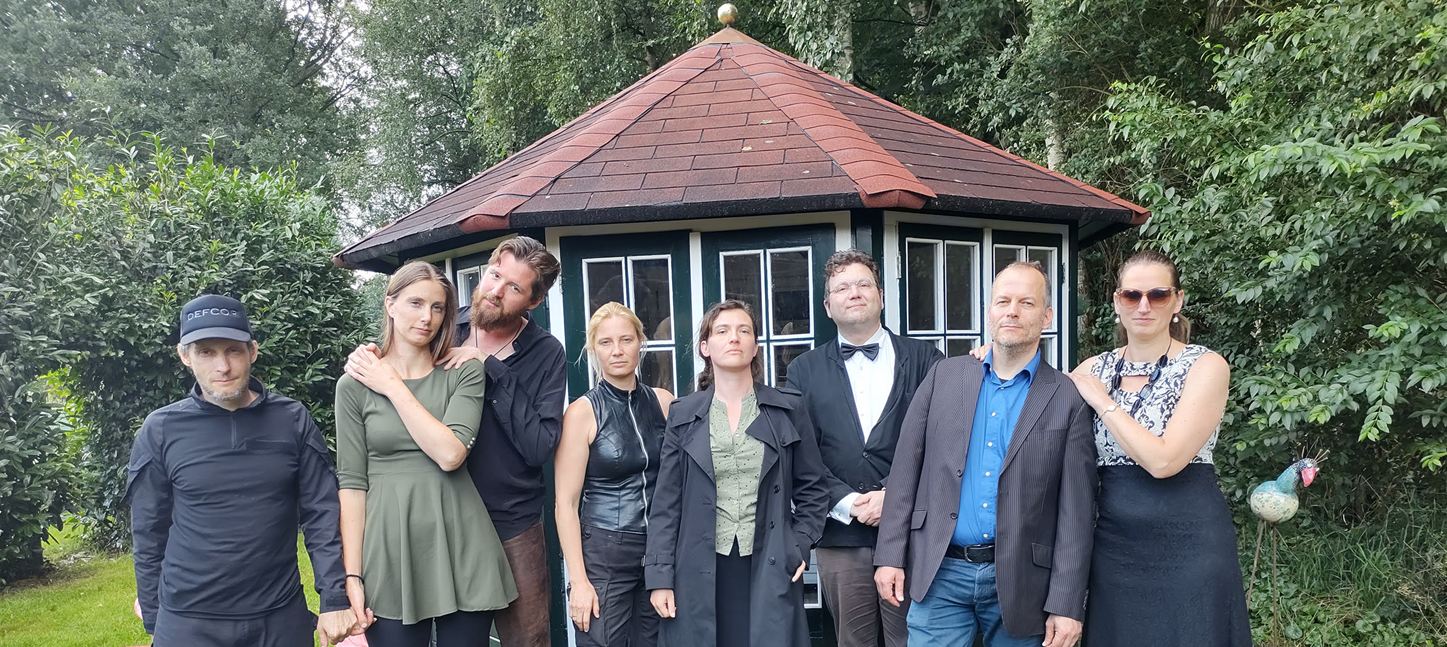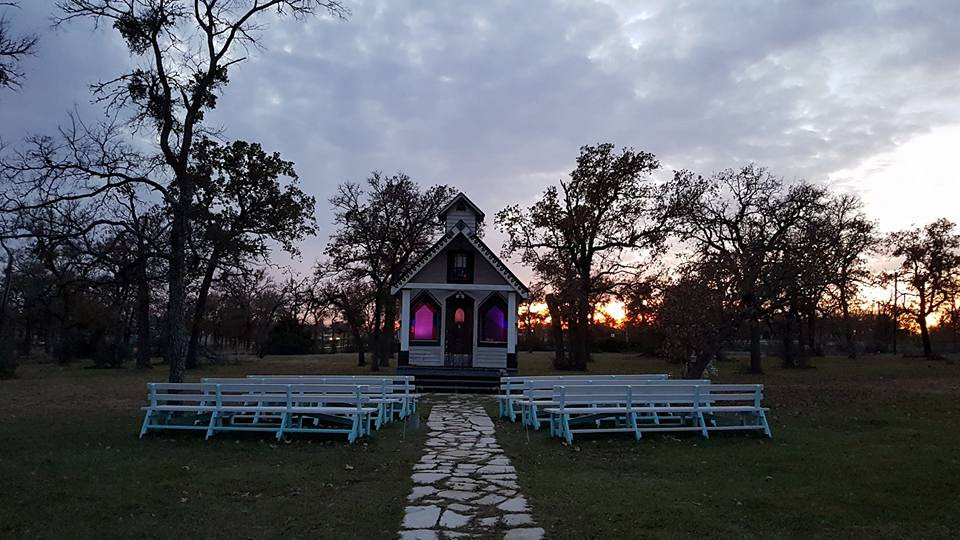Tag: collaborative
-

Improv Larp: How to Organize a Larp with the Least Amount of Effort
in
A collaboratively built experience co-created by all the participants together designed and played within the same weekend.
-

Epiphany – A Collaborative Mage: the Ascension Larp
Epiphany was a collaborative larp based loosely on Mage: The Ascension that took place December 15-17, 2017 in Austin, Texas. The larp was set during a weekend-long spiritual retreat where mentors help initiate mages navigate their Awakenings and come into their power.
